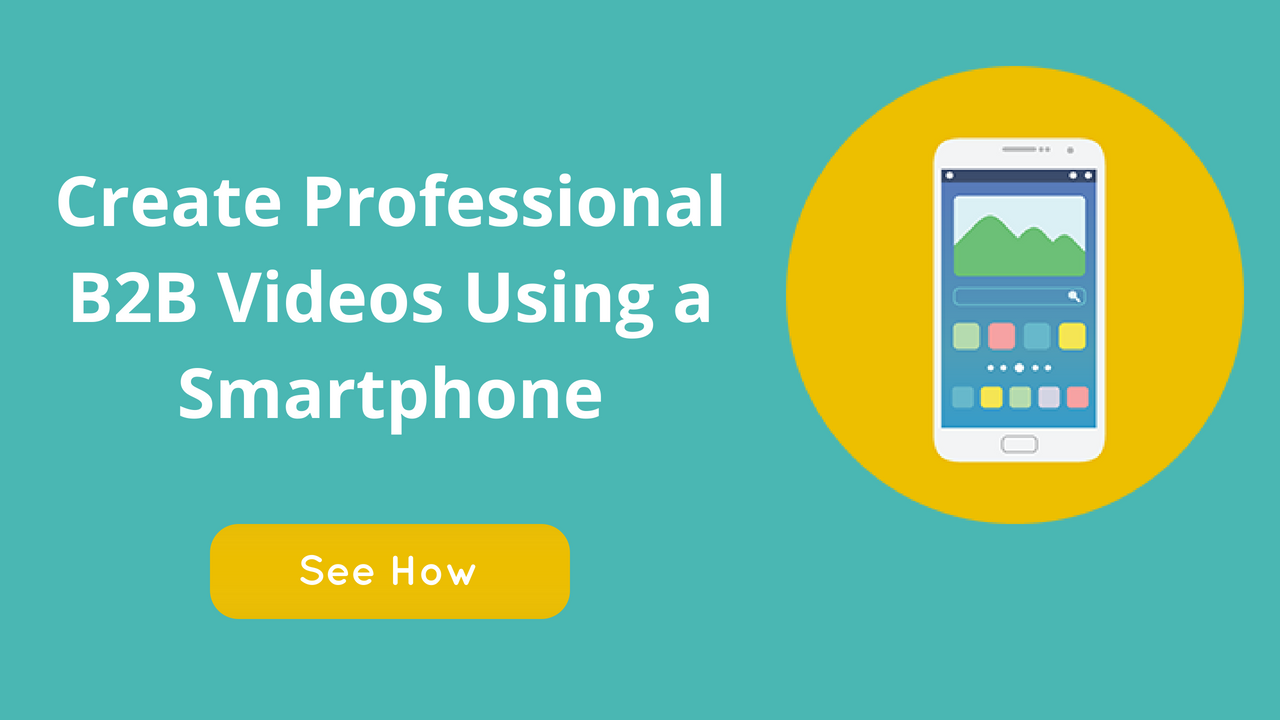Eighty-nine percent of marketers consider them the single most effective tactic and they’re the cornerstone of most marketing strategies. Before you begin filming, ask yourself three questions: Who should you interview? They should be: Credible: Select someone who your audience will identify with. When and where should you film your customer story? Broadly, there are two places you can film testimonials. You’ll never get as much time as you’d like with each customer, nor interview multiple people at each firm. The downside, however, is the time investment–you’ll likely only capture one testimonial in an entire day’s worth of filming. It depends on whether you’re more concerned about quality or quantity. The more you plan and prep, the greater chance you’ll give your team of asking the right questions, eliciting the right responses, and getting to that sound bite faster. Video testimonials are the cornerstone of most marketing strategies.
Nothing persuades like a customer story. Rather than telling prospects how great you are, let your customers gush about the time you helped them earn $125 million in pipeline. (True story.)
Showing, not telling, is key to sounding credible, and it’s what moves deals forward, says video marketing agency Hed Hi Media founder Tim McManus.
Tim himself is something of a living testimonial for testimonials–his team has filmed hundreds of videos for companies like Marketo, Amazon, and Equifax, and he has some ideas for making your testimonials even more potent.
|
|
Testimonials are simple on the surface–a customer appears on camera to champion your product and share their story. Eighty-nine percent of marketers consider them the single most effective tactic and they’re the cornerstone of most marketing strategies.
But the most effective testimonials always involve a non-trivial amount of planning and production.
“You can have the world’s best soundbite delivered by the world’s smartest CEO and it’s useless if the mic pops or the recording is too quiet,” warns Tim. Unlike sales videos or fireside chats, production quality matters. Testimonials need to be visually appealing, concise, and even-paced.
Before you begin filming, ask yourself three questions:
Who should you interview?
The person you place in the interview seat should help you accomplish your mission. That is, they should be able to quickly convey the value of your product or service in a way that guides your prospects down the funnel.
They should be:
- Credible: Select someone who your audience will identify with. Often, that means an individual whose title suggests power and influence, such as the head of a department or an executive. But it could also mean a teacher or purchasing manager, depending on who you sell to.
- Believable: Select a customer that’s had some quantifiable successes so they can come prepared with statistics and empirical evidence that your product works.
- Capable: The person you interview must have the internal clout to help get the testimonial approved internally. There’s…

COMMENTS